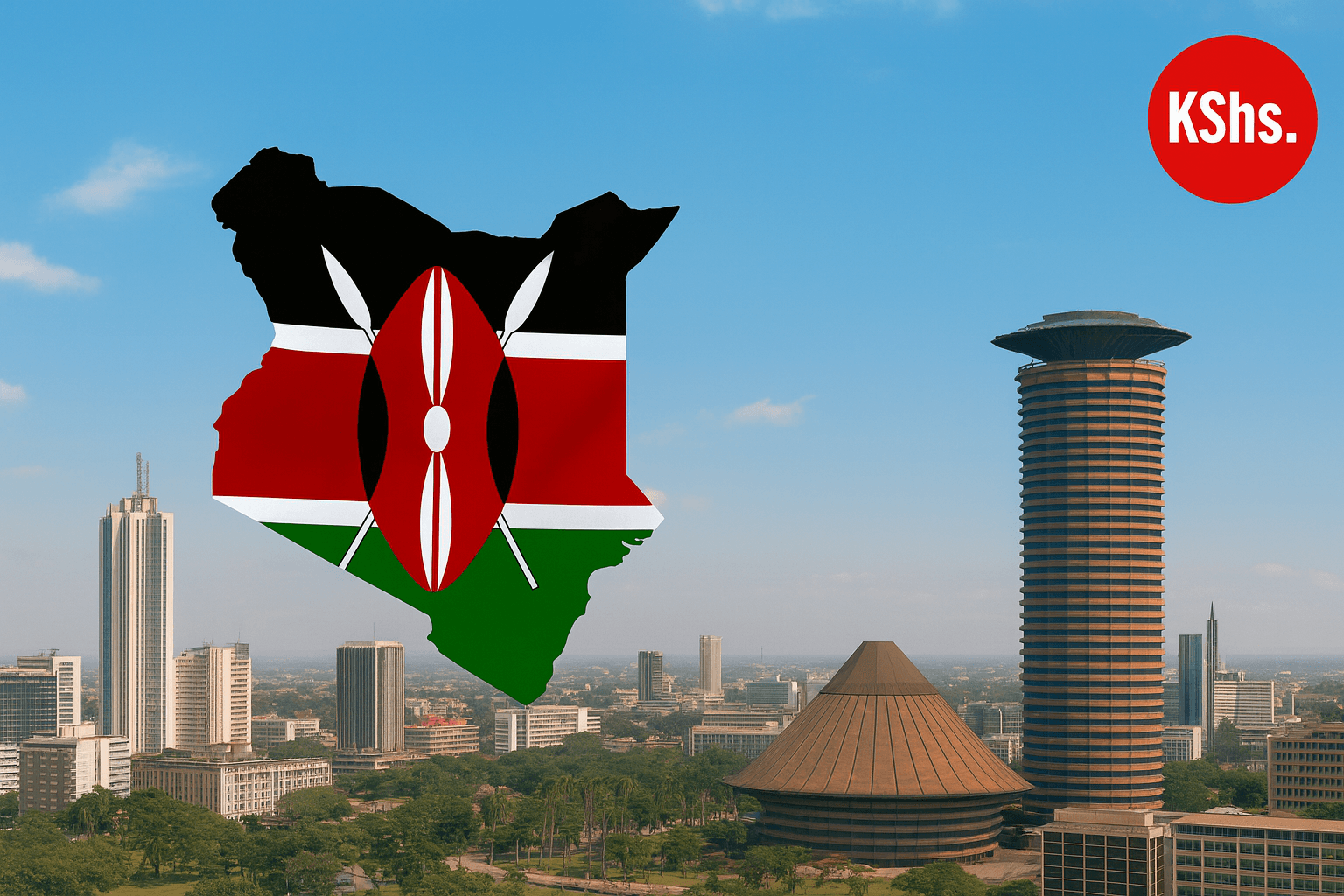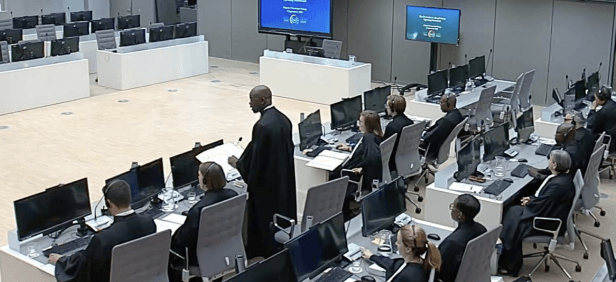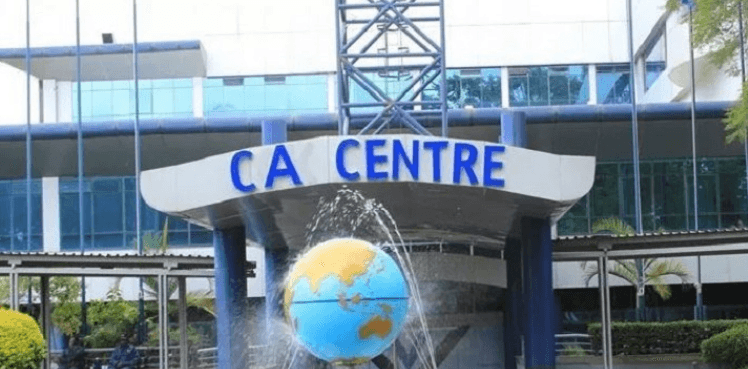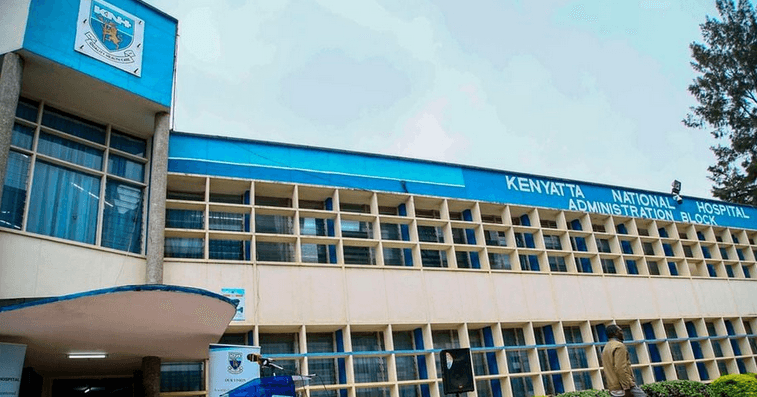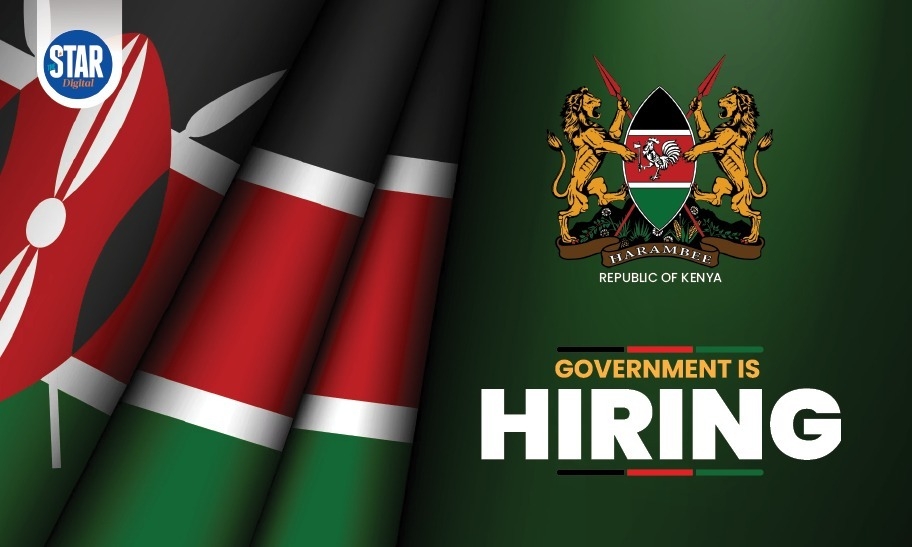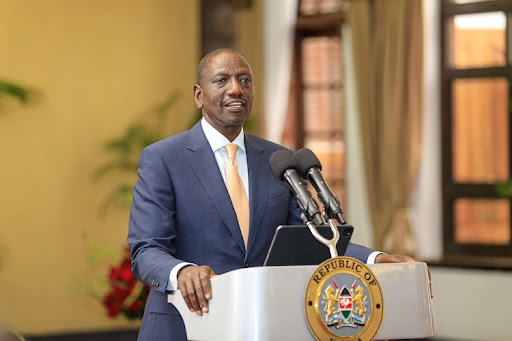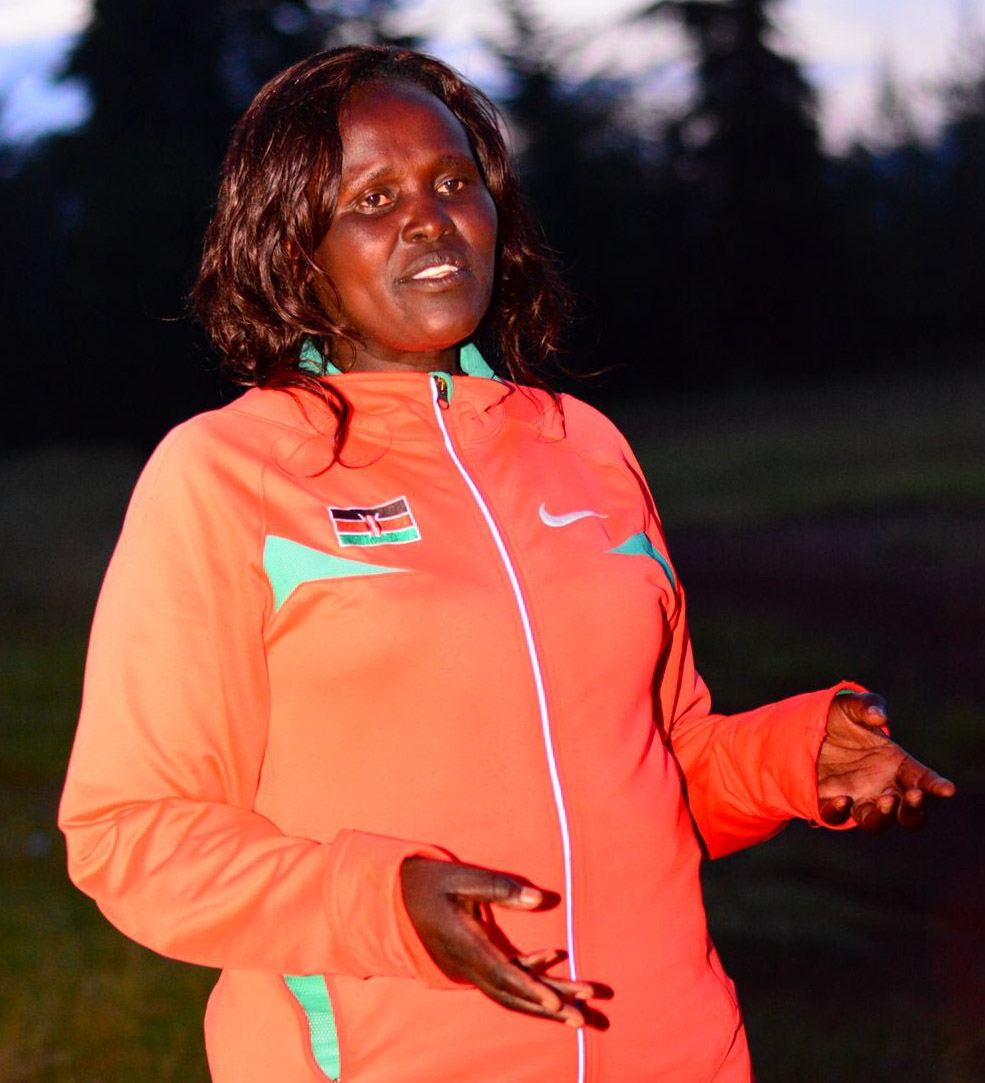This year’s Mashujaa Day was celebrated in Kwale county, the fastest-growing tourism destination in the country.
Diani has been voted as the best beach in Africa, and amongst the top 50 tourist destinations in the world.
Diani Airport is the fastest growing as a result of this increase in tourism and other economic activities.
In addition to this, affordable houses are being constructed for ownership for as low as Sh500,000.
It is truly unbelievable that, with as low as Sh3,200, a Kenyan can own a home there.
Kwale provided for a better hosting venue as a county for this year’s Mashujaa Day, whose theme was; Boma yangu, Nyumba Yangu, Mimi Ni Shujaa.
The spirit of this clarion call is to rally Kenyans to embrace home ownership as a heroic act.
In fact, many people will tell you that owning a home is one of the greatest achievements that anyone can make, as it takes many years for very few people to realize this dream.
Shelter is a basic need together with food and clothing, yet many people aren’t able to afford them. Our country is urbanising very fast, with over 20 per cent of Kenyans now living in urban areas.
With the advent of devolution, this has been accelerated all the more. As a result, Kenya needs over 250,000 houses each year to meet this demand, yet currently, there are only 50,000 housing mortgages available annually.
Through the Bottom up economic transformation agenda popularly known as The Beta Plan, the government led by President William Ruto, has prioritised housing as one of the five pillars aimed at transforming the country.
Indeed, more than 124,000 houses are being constructed at 75 sites in 37 counties across the country, with over 160,000 jobs created so far.
The houses are at various stages of completion, with a significant number being ready for occupation by December 2024, to June 2025.
For example, the houses in Kirinyaga county are 85 per cent complete, while those in Kapsabet town are as good as done.
In fact, some 1,080 new studio units at the Mukuru Meteorological Site in Nairobi will be handed over soon, marking a significant milestone for residents who currently live in not so decent houses.
This will make homeownership accessible to a broader population. One of the most significant steps that the AHP pillar has occasioned is the transformation of the lives of hustlers across the country.
The programme has set aside Sh4.4 billion for artisans and fabricators, who have been given contracts to supply doors, windows, balustrades etc.
During the Mashujaa Day celebrations in Kwale, Ruto handed over a Sh720 million cheque from Kibra through their chairman Karl Aura.
This will benefit over 300 Jua Cali artisans.
The same story has been replicated in places such as Ruiru, where the Ruiru bypass fabricators have been awarded a similar contract, to supply building materials to help construct some 1,050 quality and affordable houses in Ruiru town, that are 54 per cent complete.
During a recent tour at the sites, we met Abel, a young man at the Ruiru AHP that is being financed via the public-private partnership model.
He narrated how crime in the vicinity has gone down, and that many jobless youth like himself can now utilise their skills to earn a living.
He is employed as a plumber at the site, having trained for the course at a local technical vocational college.

Further, some 213 artisans have been given certificates through the recognition of prior learning initiative that is imbedded in the AHP, in spite of one’s formal level of education.
For some women, a lot more are being engaged as construction workers such as engineers.
Nyambura is one such beneficiary, she is an engineering diploma student from Thika Technical Training Institute, who is working at the Makenji AHP in Maragwa, Murang’a county.
The government aims at increasing the participation of women in the construction industry from the current 20 per cent to 30 per cent as decreed by the President during his Madaraka Day address to the nation.
Agnes, a building and construction graduate had tarmacked for long, and she finally got her dream job at the Ruiru AHP.
She narrates how she has been able to acquire some new skills, crafts, and has been able to increase her knowledge in general, ever since she joined the project at its inception last year.
Lillian from Homa Bay AHP, tells us of how he has been able to pay fees for her two high school going children, while Mary Wambui from the Makenji AHP tells us of how she is making at least Sh30,000 per month from supplying food to about 50 workers.
Wambui is glad to have a job to report to each morning.
Most of these construction sites are employing between 150 and 2,000 workers per day, mostly the youth.
Through *832# Boma Yangu Platform, over 547,000 Kenyans have registered for homeownership, with 52,000 actively saving for their homes. Never before has a government been able to embark on such an ambitious housing programme at a go.
The demand for houses is verifiable, and this can only go up, as the government aims at transforming over 1 million Kenyans into home owners.
AHP is indeed a true game
changer not only for our lives, but
the Kenyan landscape.
Miliki Nyumba yako kama Shujaa
sasa.


